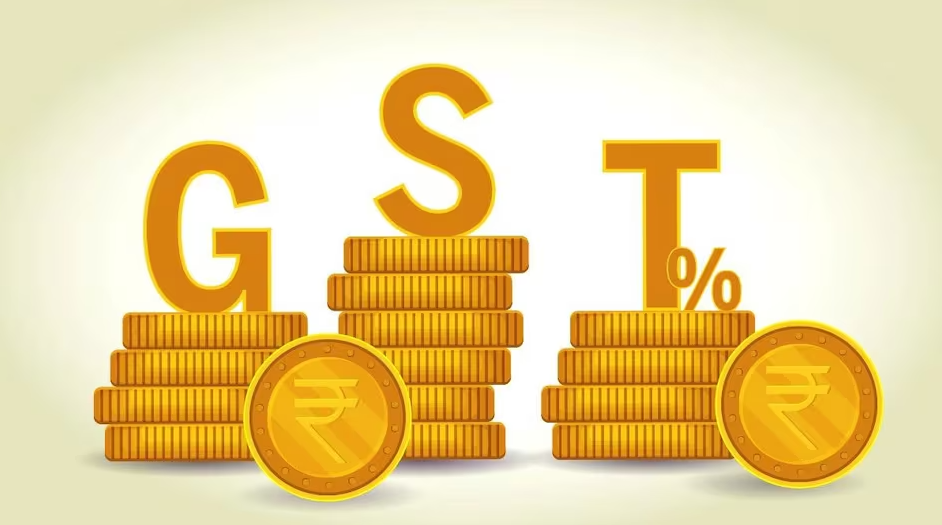Abstract:
At midnight on 1st July 2017, India transitioned to a newer and simpler taxation regime, a system more befitting of a nation on the cusp of being developed. Gone were the days of complex and cascading tax laws, tax evasion would be tales of yesteryears and absolute compliance would be the norm. In reality, GST achieved most of these goals but people often forget that GST was never supposed to be the end goal of our country. The goal was always to simplify the taxation system to the fullest extent and to achieve this goal GST still has a long way to go. This is why there has recently been a call to accomplish this goal through the means of rationalization of GST rates, i.e. to narrow down the tax brackets of the current GST system to ensure compliance and to increase the government’s revenue all while simplifying the taxation system so that everyone from the biggest businesses to local mom and pop stores can follow the regulations with ease. The following paper does a deep dive into this call for rationalization. Firstly, the paper will briefly introduce GST, how it is currently being implemented, what tax slabs currently exist, some items in each slab, and the various problems in the current system. Next, the paper delves into the alternative that has been suggested, viz. Rationalization. It’ll look into the different meanings of rationalizations, the history of rationalization of GST, and the current need for rationalization. Next, the paper looks into the benefits rationalization will have on the various aspects of our country, viz. The economy and government revenue, the healthcare sectors, the multiple companies in India, and the country’s judiciary system. Next, the paper examines the potential problems that can arise in implementing the new regime followed by a brief look into how other countries have implemented their version of GST so that India can draw some inspiration from them. Finally, the paper concludes with some recommendations on how the GST rationalization can be implemented and on the various aspects it has to keep in mind while being implemented.
Keywords: GST, rationalization, tax rates, economy, government revenue.
Introduction:
What is GST:
Goods and Services Tax is an indirect tax imposed in India to enhance and support the country’s economic growth. It is a successor to the Value Added Tax (VAT) and is applied to both Goods and Services produced in the country. GST is a tax structure that has been successfully established in many countries all over the world and now it is a part of the Indian Economy. In India, the job of introducing GST was started in 1999 by then Prime Minister Shri. Atal Bihari Vajpayee. He set up the Asim Dasgupta committee, under the leadership of the then-finance minister of West Bengal Asim Dasgupta, to design the model of GST. The work was continued in the 2000s and the 2010s but its implementation got delayed due to politics between the ruling party and the opposition party. Finally, GST came into effect at midnight on 1 July 2017 through the implementation of the 101st constitutional amendment.
Click Here To Download The Paper


📌Analysis of Bills and Acts
📌 Summary of Reports from Government Agencies
📌 Analysis of Election Manifestos

